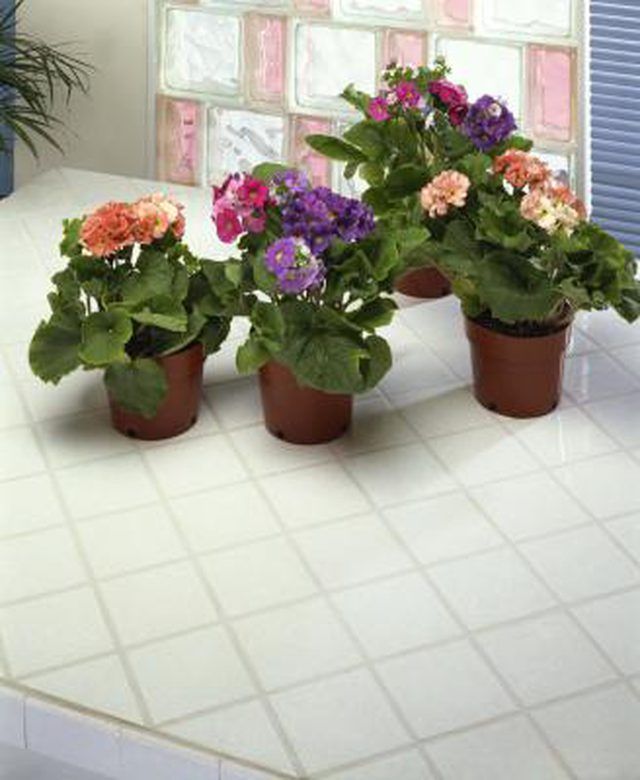Bulbs
Flower Basics
Flower Beds & Specialty Gardens
Flower Garden
Garden Furniture
Garden Gnomes
Garden Seeds
Garden Sheds
Garden Statues
Garden Tools & Supplies
Gardening Basics
Green & Organic
Groundcovers & Vines
Growing Annuals
Growing Basil
Growing Beans
Growing Berries
Growing Blueberries
Growing Cactus
Growing Corn
Growing Cotton
Growing Edibles
Growing Flowers
Growing Garlic
Growing Grapes
Growing Grass
Growing Herbs
Growing Jasmine
Growing Mint
Growing Mushrooms
Orchids
Growing Peanuts
Growing Perennials
Growing Plants
Growing Rosemary
Growing Roses
Growing Strawberries
Growing Sunflowers
Growing Thyme
Growing Tomatoes
Growing Tulips
Growing Vegetables
Herb Basics
Herb Garden
Indoor Growing
Landscaping Basics
Landscaping Patios
Landscaping Plants
Landscaping Shrubs
Landscaping Trees
Landscaping Walks & Pathways
Lawn Basics
Lawn Maintenance
Lawn Mowers
Lawn Ornaments
Lawn Planting
Lawn Tools
Outdoor Growing
Overall Landscape Planning
Pests, Weeds & Problems
Plant Basics
Rock Garden
Rose Garden
Shrubs
Soil
Specialty Gardens
Trees
Vegetable Garden
Yard Maintenance
How to Force an African Violet to Bloom
How to Force an African Violet to Bloom. African violets have been kept as houseplants since Victorian times. Part of their attraction is their habit of blooming almost constantly throughout the year. The dainty blossoms grow on stems that originate at the center of the plant and rise to a height just above the foliage. Although they are finicky...

African violets have been kept as houseplants since Victorian times. Part of their attraction is their habit of blooming almost constantly throughout the year. The dainty blossoms grow on stems that originate at the center of the plant and rise to a height just above the foliage. Although they are finicky about requirements such as water, temperature and fertilizer, the most common reason for African violets to fail to bloom is improper light.
Things You'll Need
Cardboard box
African violet fertilizer
Distilled water
Flower pot (optional)
Place the African violet near a bright, south- or west-facing window in a position where it is out of the direct rays of the sun.
Provide complete darkness for at least eight hours every night. If the room isnít completely dark when you turn out the lights, cover the plant with an upturned cardboard box.
Fertilize the plant with an African violet plant food according to the package instructions. Plants that donít get enough nutrients wonít bloom, and those that get too much of the wrong nutrients produce lush foliage but no flowers.
Water when the soil is dry to touch using distilled water. Chlorine and water softener salts build up in the potting soil, eventually damaging the roots and preventing flowering.
Provide a pot that is just big enough to hold the roots without much room to spare. If you think your pot is too big, repot into a smaller one.
Tips & Warnings
African violets thrive in comfortable room temperatures of 65 to 75 degrees Fahrenheit.
Donít be concerned if the older leaves near the bottom of the plant shrivel and turn brown. This is normal for African violets, and you can pinch them off and discard them.